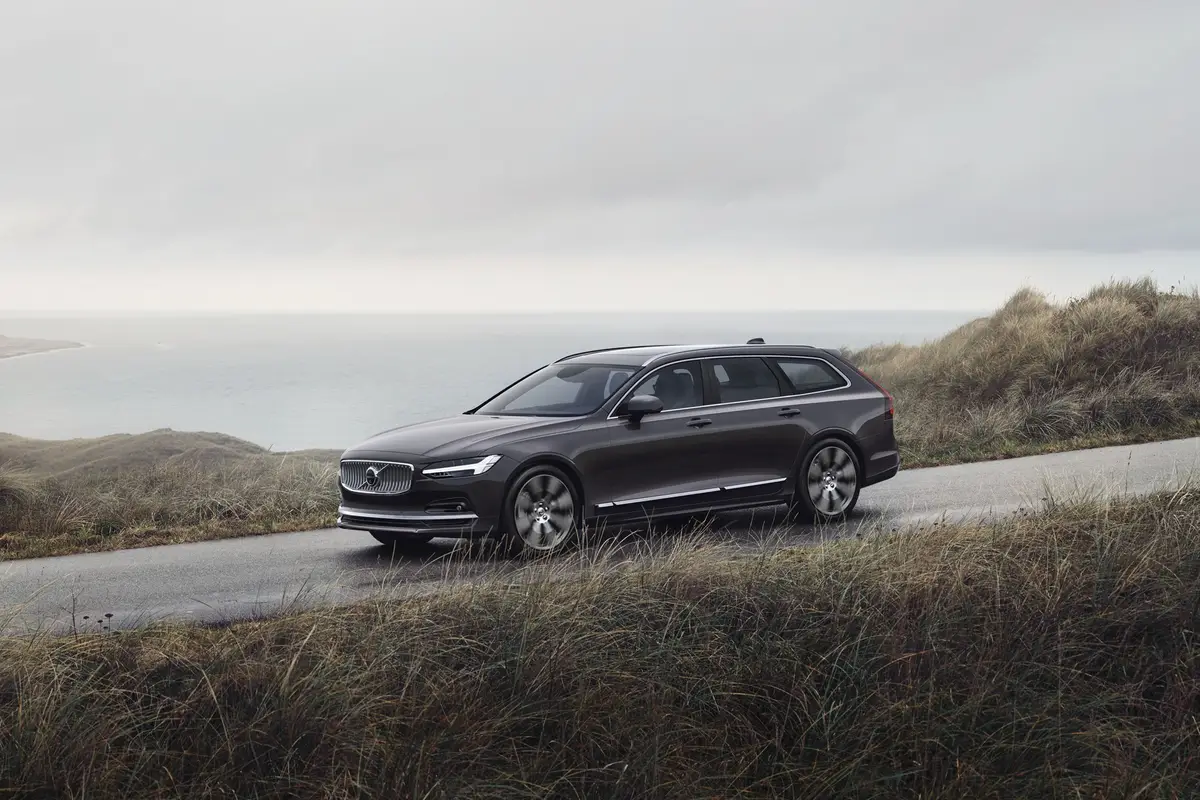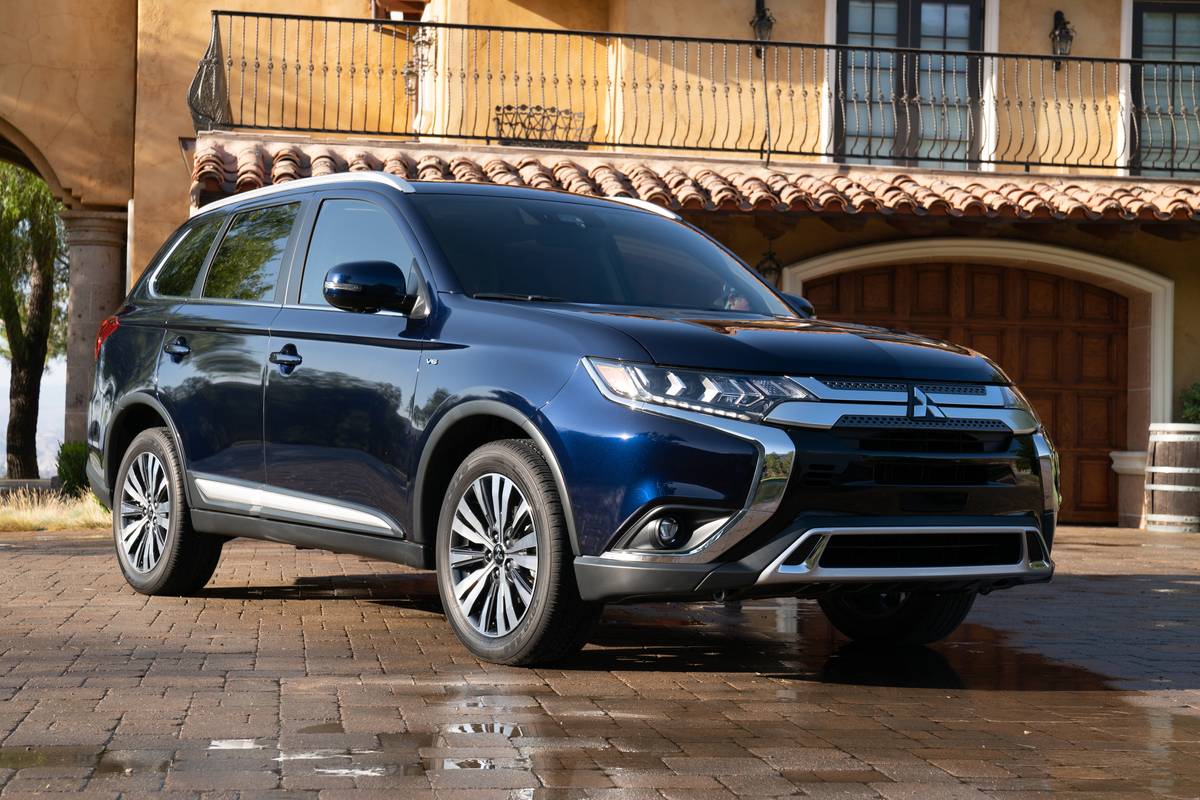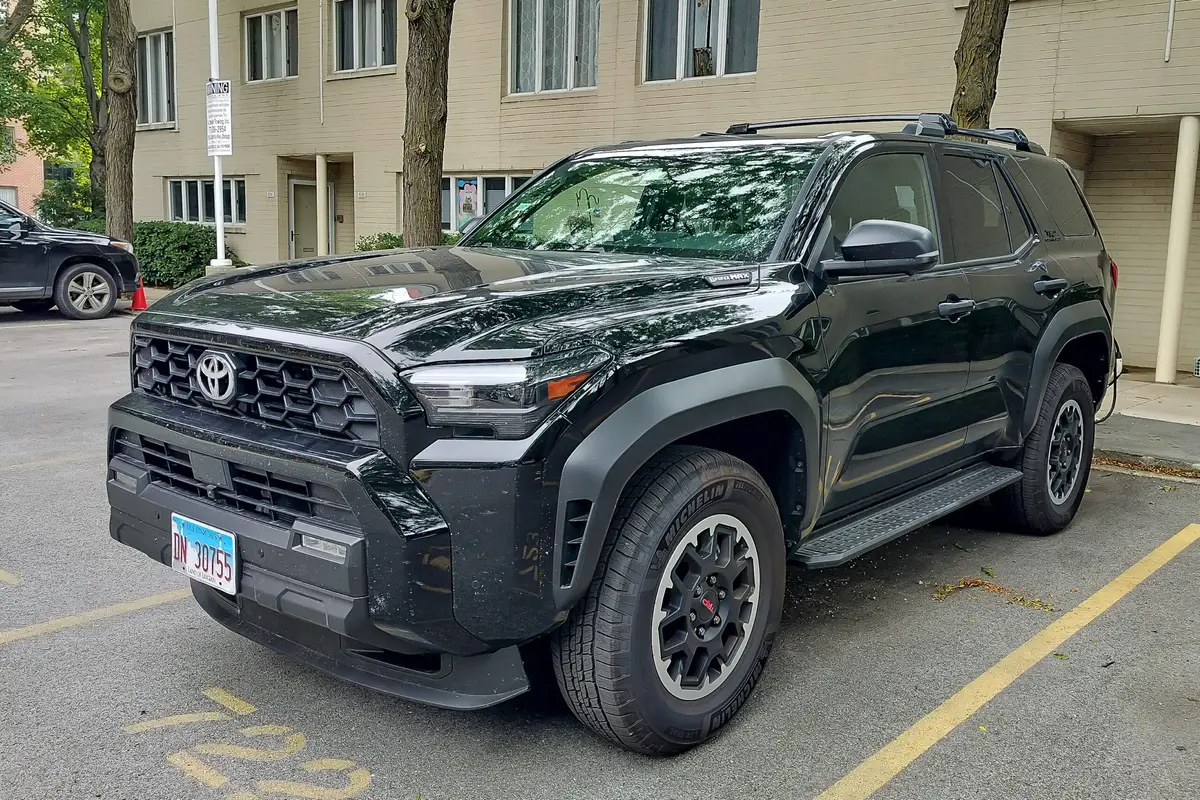Boston.com's view
Saab had a problem.
Too many of its customers were letting brand loyalty slide, getting out of their Saabs and moving into SUVs built by other manufacturers. That’s because Saab did not offer them the option of buying an SUV. And even among those who didn’t leave Saab, 40 percent bought an SUV as a second car.
Being a small company late to the SUV race, it would not have been financially smart for Saab to invest in developing from scratch a car that would generate only modest sales (about 8,000 a year).
But General Motors Corp., which owns Saab, deserves praise. Not only did it step in with an existing platform to make the 2006 Saab 9-7X financially feasible, the company did a great job of imbuing it with refinement, handling, and content.
In fact, there’s no way a 9-7X owner will feel like they are riding atop the same platform as the Chevrolet TrailBlazer, GMC Envoy, and Buick Rainier.
Inside, the Saab is the best of the bunch. It features gracefully curved handles and grips, armrests that can actually accommodate an entire forearm, sturdily stitched leathers, and faux wood instead of the cheap plastic that I’ve complained about in other GM/Saabs. Together, they add up to stylish driving — something that should be expected in a $40,000 car.
But the price won’t swell like a full moon tide as a sales person leads you to safety options, fancy interior appointments, and upgraded audio gear. For example, the six-CD audio system from Bose was concert-hall-like in its sound depth. Only a $1,300 rear DVD entertainment system added to the price of this already swank and safe test model.
That’s because a lot is standard on this Saab, including dual-stage front air bags and side curtain air bags activated by a rollover sensor. Also standard is all-wheel drive, big vented disc brakes, electronic stability control, and, in the test model, a 300-horsepower V-8 engine. With 330 lb.-ft of torque, this is a solid tow vehicle with a 6,500-pound capacity. A 290-horse V-6 is also available.
The stability control system monitors driver intent, weighs it against what the vehicle is actually doing, and, voila, corrects mistakes.
And the 5.3-liter V-8 engine features displacement on demand, meaning it can shut down some cylinders when only easy cruising is required, helping to save gas. I managed 19.7 miles per gallon in a good mix of highway and rural driving. That’s not bad for a 300-horse V-8.
A four-speed automatic transmission gracefully transmits power to the wheels, though I found upshifts a bit premature when I wanted to keep the revs high — for instance, in climbing a steep hill. There was just a hint of whine inside the cockpit when the engine was put under stress.
Yet those are minor faults.
The good news is the ride.
Many SUVs tend to dive during braking, roll in quick lane changes, roll even more in sharp cornering, and bounce over uneven stretches of road.
Not the 9-7X. It felt rock solid, even when pushed, sitting flat and easily manageable.
This is a Saab as a Saab should be and I hope that General Motors continues to pump this kind of quality, fit, and finish into the next generation, as well.
It’s up against a heady world — with even Kia and Hyundai offering incredible refinement at lower prices — so GM can’t skimp on a brand known not only for its funkiness (love the ignition key between the seats in a bow to tradition), but also for its fine interior finish and safety.
Saab had a problem.
In this case, problem solved.
– – –
THE BASICS
Base price/as tested: $40,520/$42,540
Fuel economy: 19.7 m.p.g. in Globe testing
Annual fuel cost: $1,536 (at $2.328 per gallon, regular, 13,000 miles per year)
THE EARLY LINE
General Motors does it right with a Saab. Folks bemoaning GM’s treatment of other Saabs should check this one out, even if they’re not shopping for an SUV.
THE SPECIFICS
Drivetrain: All-wheel drive
Seating: Five occupants
Horsepower: 300
Torque: 330 lb.-ft.
Overall length: 193.2 inches
Wheelbase: 113.0 inches
Height: 68.5 inches
Width: 75.4 inches
Curb weight: 4,781 lbs.
THE SKINNY
Nice touch: Standard roof rails. Nice to see a company not soaking consumers for a feature that ought to be included in any SUV.
Annoyance: No place to put a cellphone, other than to stuff it in a cup holder.
Watch for: Will the next generation of Saabs get the same fit and finish this rig has?
Latest news



